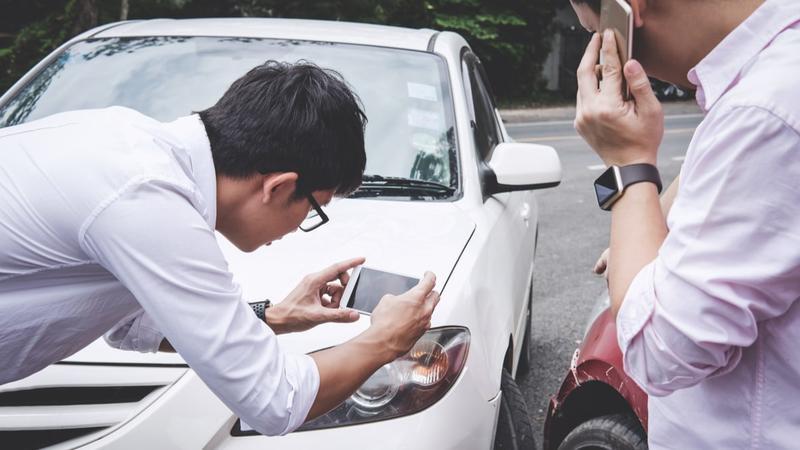R.R.O. 1990, REGULATION 668 - These Rules apply to Ontario auto insurance only [Updated]
We've updated the accident scenarios with visuals in the hope that people can get a better sense of who's at fault in the many different situations.
- Related Read: Driving Infractions, Tickets and Penalties
- Related Read: Ontario’s Bill of Rights for Auto Insurance Consumers
Fault Determination Rules
General
1. In this Regulation, "centre line" of a roadway means,
- (a) a single or double, unbroken or broken line marked in the middle of the roadway, or
- (b) if no line is marked, the middle of the roadway or that portion of the roadway that is not obstructed by parked vehicles, a snowbank or some other object blocking traffic.
O. Reg. 276/90, s. 1.
2.
- An insurer shall determine the degree of fault of its insured for loss or damage arising directly or indirectly from the use or operation of an automobile in accordance with these rules.
- The diagrams in this Regulation are merely illustrative of the situations described in these rules.
O. Reg. 276/90, s. 2
3. The degree of fault of an insured is determined without reference to,
- (a) the circumstances in which the incident occurs, including weather conditions, road conditions, visibility or the actions of pedestrians; or
- (b) the location on the insured's automobile of the point of contact with any other automobile involved in the incident.
O. Reg. 276/90, s. 3.
4
- If more than one rule applies with respect to the insured, the rule that attributes the least degree of fault to the insured shall be deemed to be the only rule that applies in the circumstances.
- Despite subsection (1), if two rules apply with respect to an incident involving two automobiles and if under one rule the insured is 100 percent at fault and under the other the insured is not at fault for the incident, the insured shall be deemed to be 50 per cent at fault for the incident.
O. Reg. 276/90, s. 4.
5
- If an incident is not described in any of these rules, the degree of fault of the insured shall be determined in accordance with the ordinary rules of law.
- If there is insufficient information concerning an incident to determine
the degree of fault of the insured, it shall be determined in accordance with the ordinary rules of law unless otherwise required by these rules.
O. Reg. 276/90, s. 5.
Tip: Protect yourself from at fault disputes by recording the accident with a car dash camera.
Rules for Automobiles Travelling in the Same Direction and Lane
6.
- This section applies when automobile "A" is struck from the rear by automobile "B", and both automobiles are travelling in the same direction and in the same lane.
- If automobile "A" is stopped or is in forward motion, the driver of automobile "A" is not at fault and the driver of automobile "B" is 100 percent at fault for the incident.
- If automobile "A" is turning, either to the right or to the left, in order to enter a side road, private road or driveway, the driver of automobile "A" is not at fault and the driver of automobile "B" is 100 per cent at fault for the incident.
